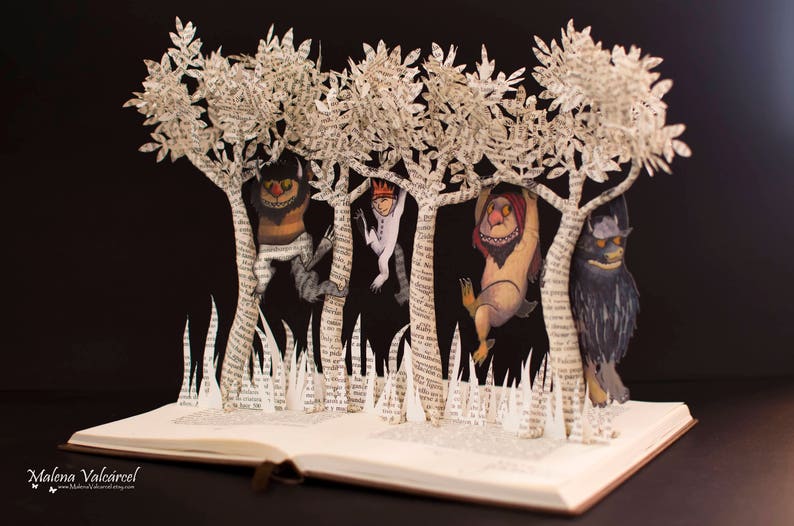

CG eyes, mouth interiors and fur were all added, and 2D paint work helped complete a convincing final image. The texture was extracted from each original frame and re-projected back onto the 3D model with the image 'warped' to match the animation. The faces or heads were tracked in 3D and a CG articulated head was animated on top to achieve the appropriate performance to match suit and dialogue.

Character suit performances were filmed with static faces. For Where the Wild Things Are however it had to be taken to a new technical and artistic level. The faces in Where the Wild Things Are were brought to life in most cases using a technique known as 'sequence projection' or 'projection mapping', a method which has been around for many years in digital VFX, often being used to create talking animals, for example. If we'd just created a set of top grade VFX within the time we had it would have been remarkable, but for the team to have brought life of such depth, complexity and emotional truth to these seven creatures, that was a truly extraordinary achievement'.

'The prep time you normally get – to assemble your crew, organise the pipeline and so on – that just wasn't there. 'It still amazes me how much we managed to do in so little time, from a standing start', says Tim Webber, Framestore's Visual Effects Supervisor for the project. But partly due to the film's elongated production period, and partly because of the extraordinary challenges he was posing the Framestore animators, Jonze came to London and established an office within Framestore's production floor. It is almost unheard of for a director to be able (or indeed, to want) to directly oversee this phase of production. A key feature of Framestore's post production work on the film was the degree to which Spike Jonze was personally involved.


 0 kommentar(er)
0 kommentar(er)
